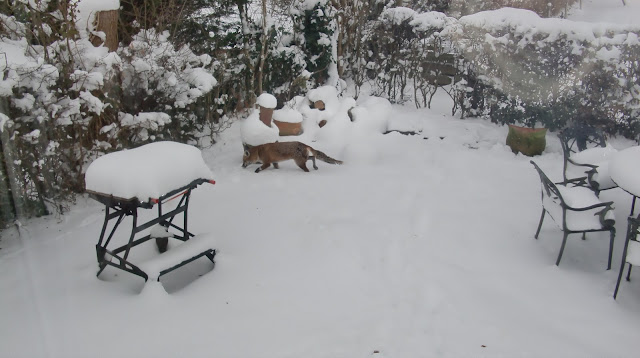Ragwort
is a very common wild flower in the family Asteraceae that is native to northern Eurasia, usually in dry, open places, and has also been widely distributed as a weed elsewhere. We find a fair bit of ragwort in the
Homelands garden.
Pollination is by a wide range of bees, flies and moths and butterflies. Over a season, one plant may produce 2,000 to 2,500 yellow flowers in 20- to 60-headed, flat-topped corymbs. This number of seeds produced may be as large as 75,000 to 200,000, although in its native range in Eurasia very few of these would grow into new plants and research has shown that most seeds do not travel a great distance from the parent plant.
Ragwort can be found along road sides and waste grounds, and grows in all cool and high rainfall areas. In our garden it is trying to overtake our lovely wild flower meadow – but as we keep pulling out any new plants it will not succeed!
Ragwort is best known as the food of caterpillars of the Cinnabar moth Tyria jacobaeae. (See illustration –photo taken in our garden)They absorb alkaloids from the plant and become distasteful to predators , a fact advertised by the black and yellow warning colours. The red and black, day-flying adult moth is also distasteful to many potential predators. The moth is used as a control for ragwort in countries in which it has been introduced and become a problem, like New Zealand and the western United States. In both countries, the ragwort flea beetle (Longitarsus jacobaeae) has been introduced to combat the plant.
In the UK, where the plant is native, at least 30 species of invertebrate, many of them rare or declining, are entirely dependent on ragwort as a food source and hundreds of species will feed on its nectar, making it a vitally important component of the native flora.
Ragwort contains many different alkaloids, making it poisonous to animals. Ragwort is of concern to people who keep horses and cattle. In areas of the world where ragwort is a native plant, such as here in Britain, documented cases of proven poisoning are rare. Horses do not normally eat fresh ragwort due to its bitter taste. However, It loses this taste when dried and can become a danger in hay. The result, if sufficient quantity is consumed, can be irreversible cirrhosis of the liver. Animals may also resort to the consumption of ragwort when there is shortage of food. In rare cases they can even become addicted to it. Sheep, in marked contrast, eat small quantities of the plant with relish. Sheep and goats suffer the same process of liver destruction but at a reduced rate to horses and pigs. They seem to benefit slightly from eating it; as the alkaloids kill worms in the sheep's stomach.
In the United Kingdom, Common Ragwort (Senecio jacobaea) is one of the five plants named as an injurious weed under the provisions of the Weeds Act 1959. The word injurious in this context indicates that it could be harmful to agriculture not that it is dangerous to animals, as all the other injurious weeds listed are non-toxic. Under the terms of this act, a land occupier can be required by the Secretary of State for Environment, Food and Rural Affairs (Defra) to prevent the spread of the plant. However, the growth of the plant is not made illegal by the act and there is no statutory obligation for control placed upon landowners in general.
In ancient Greece and Rome a supposed aphrodisiac was made from the plant; it was called satyrion.
Also, the leaves can be used to obtain good green dye, and yellow dye is obtained from the flowers.









